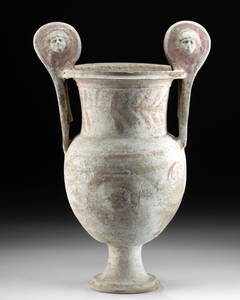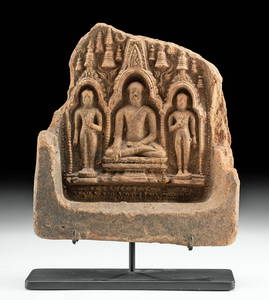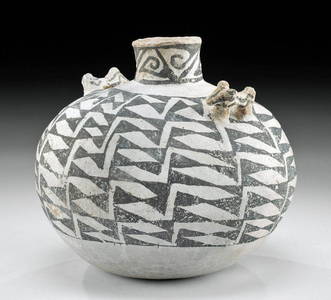Done
Louisville, CO, United States
Auction Details
Fall Antiquities & Ethnographic Art Auction
Ancient art from Egypt, Greece, Italy and the Near East, as well as Asian, Fossils, Pre-Columbian, Native American, African / Tribal / Oceanic, Fine art, and much more! All categories, all price ranges... all legally acquired and guaranteed to be as described or your money back. Convenient / affordable in-house shipping!
Lot Number: Lowest
24
Sold
0029: Important Judaea Jewish War AR Silver Shekel - 13.55 gEst. US$14,000-US$20,000
See Sold Price
View:
24
TOP














































